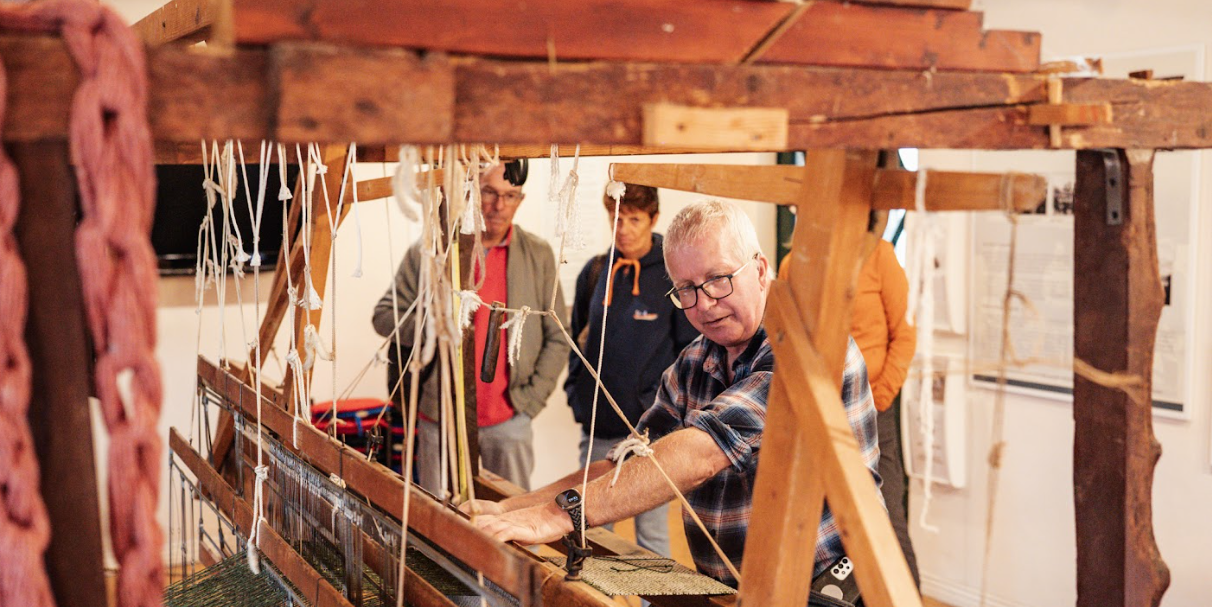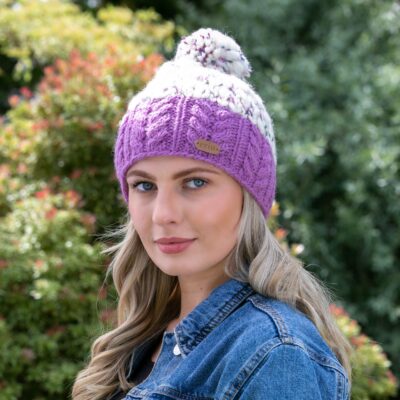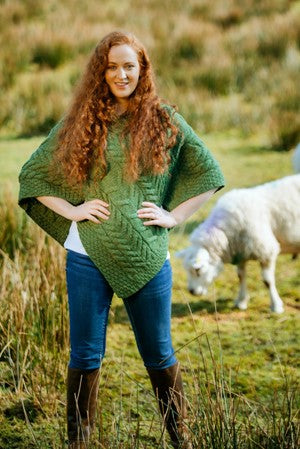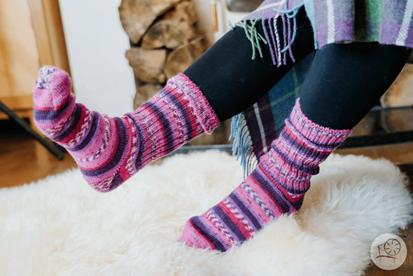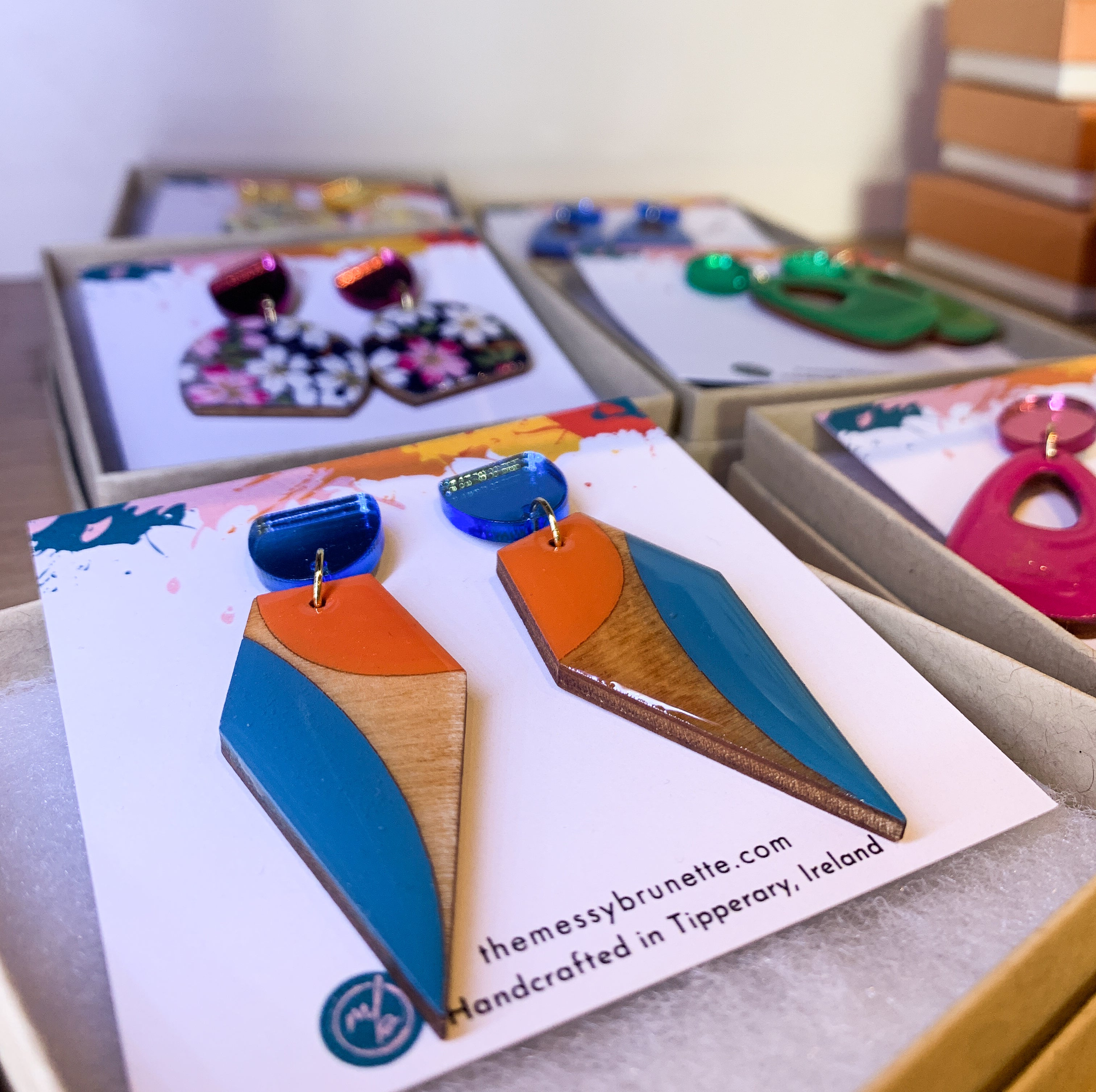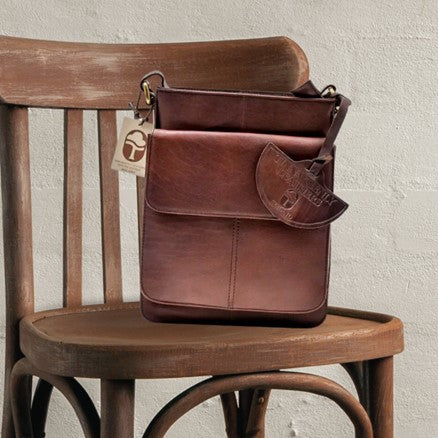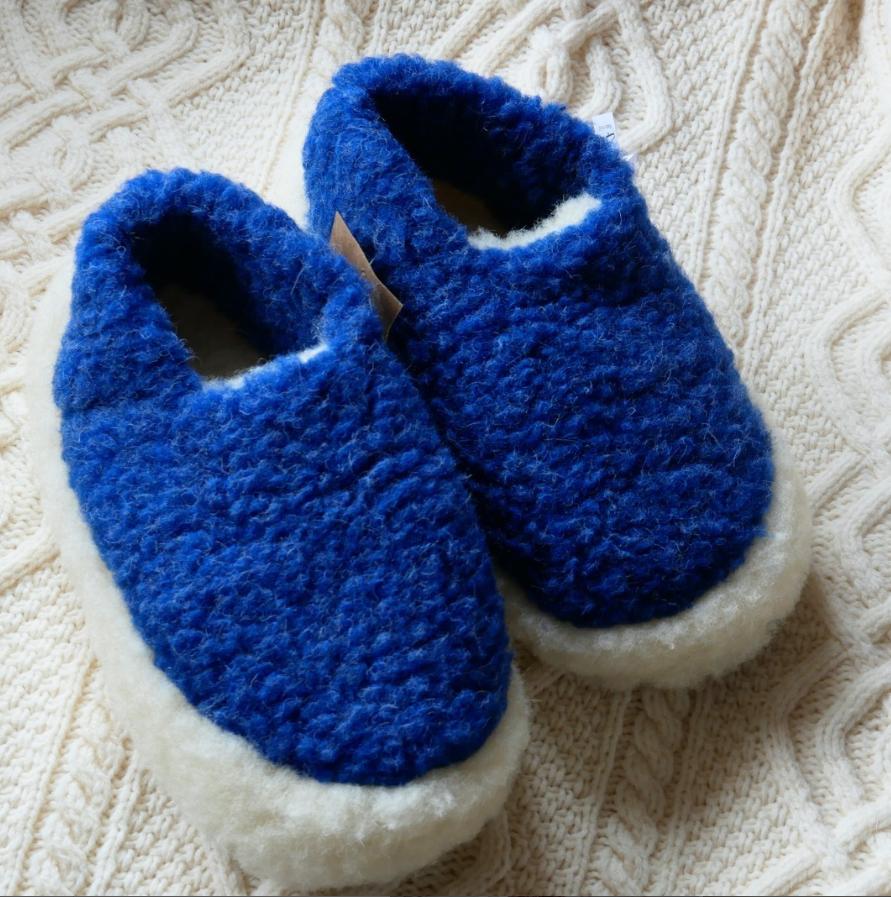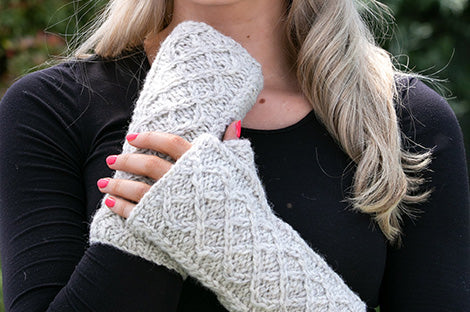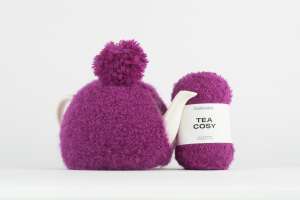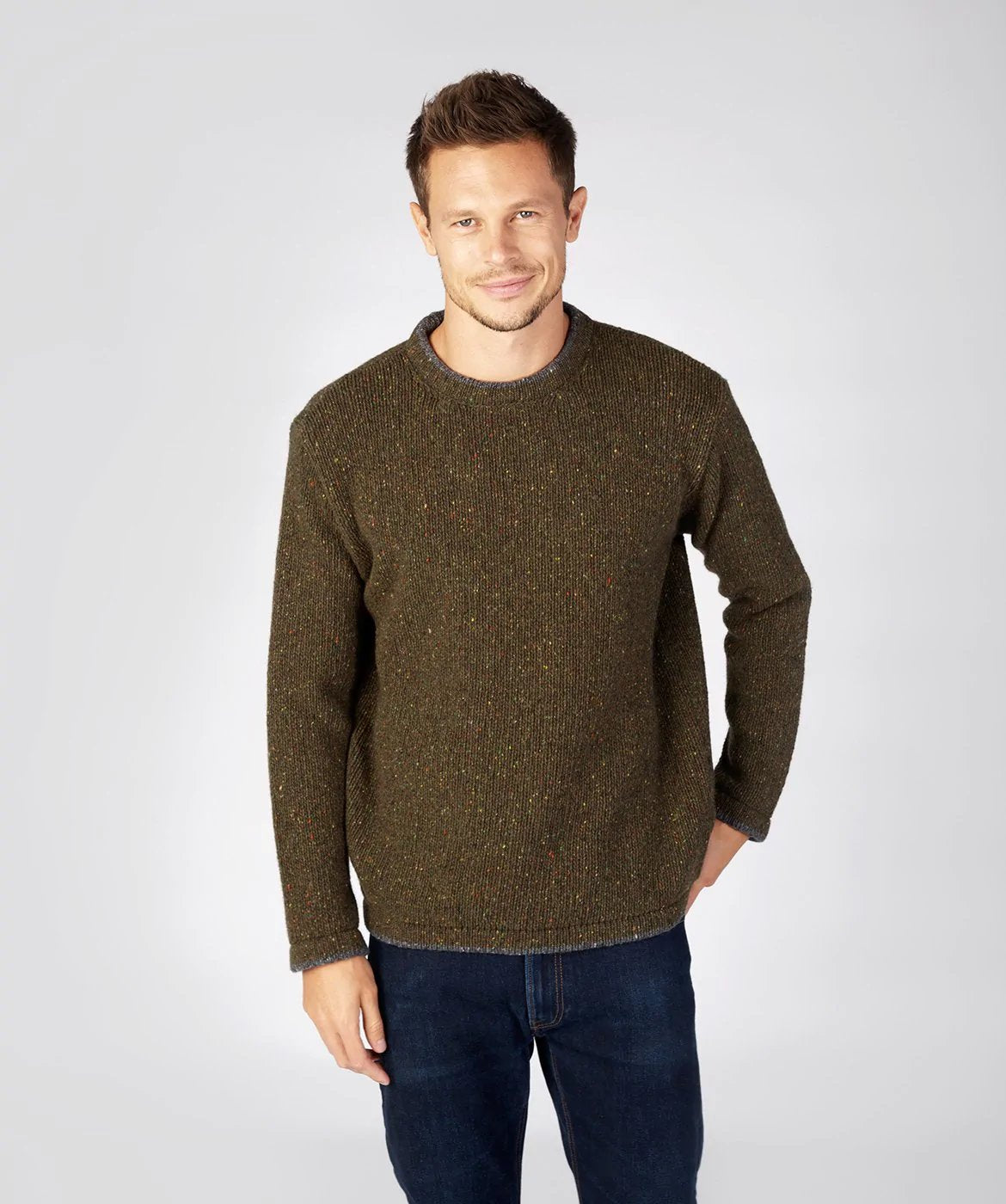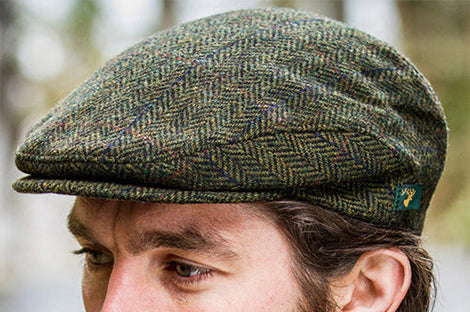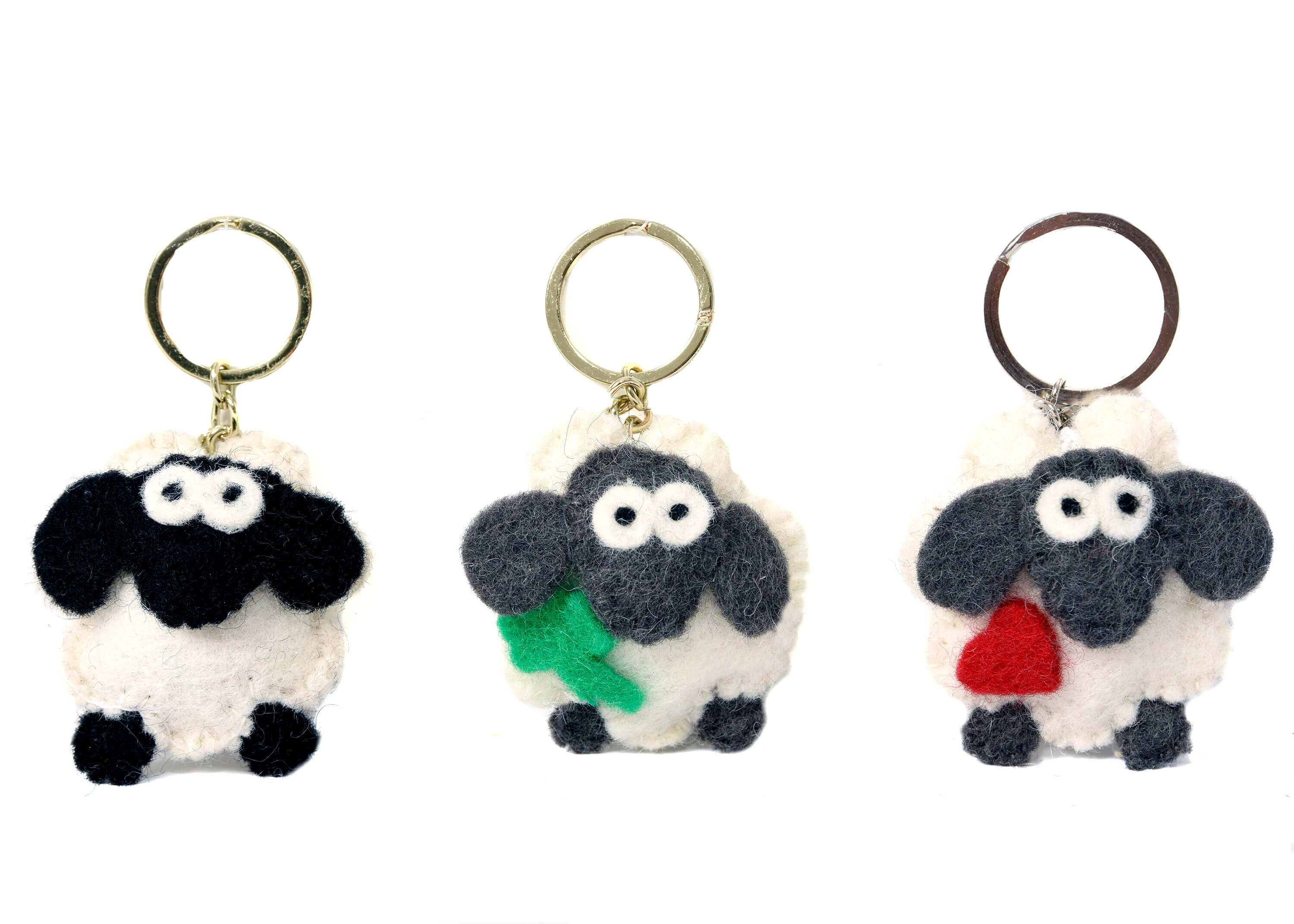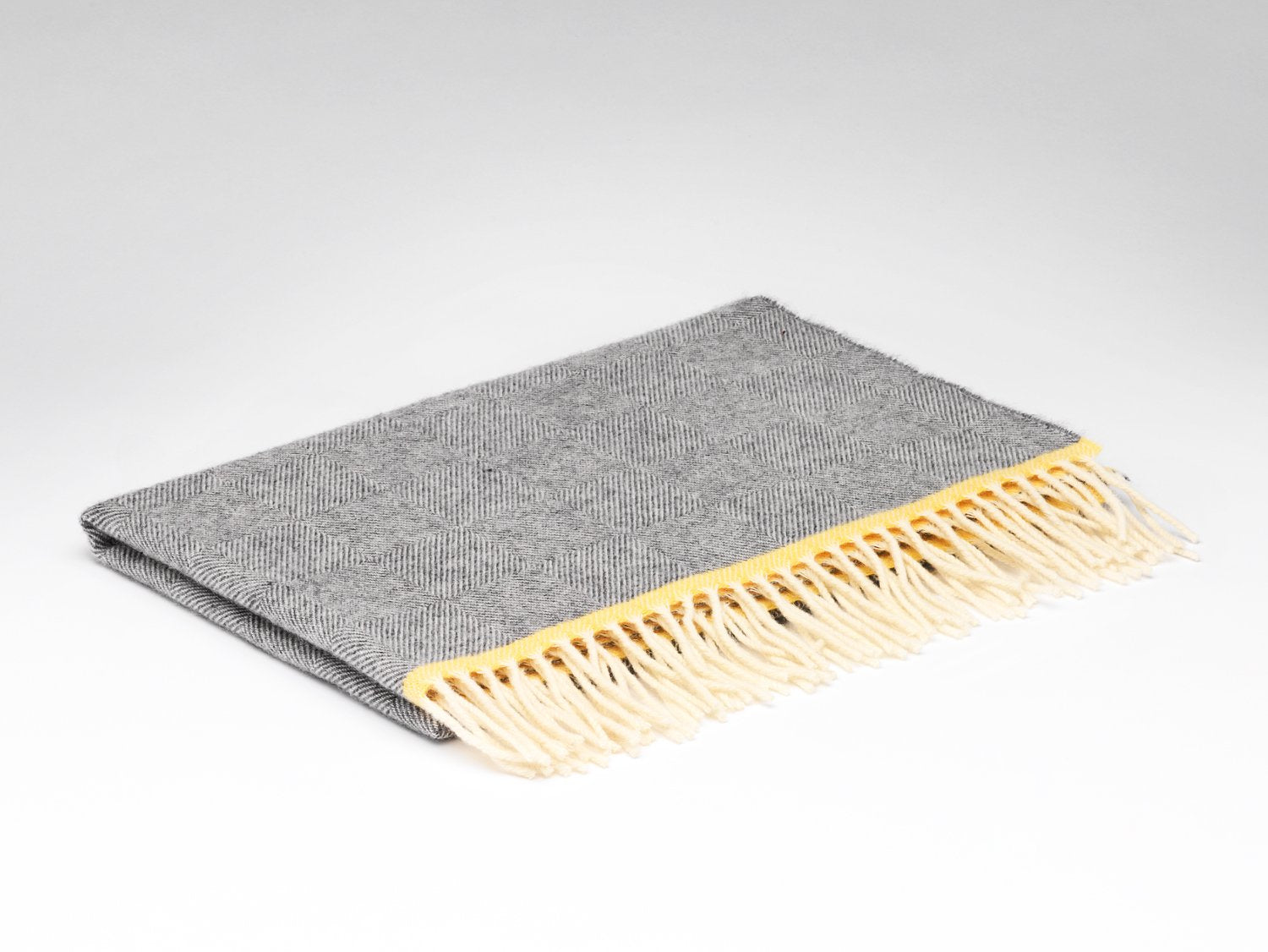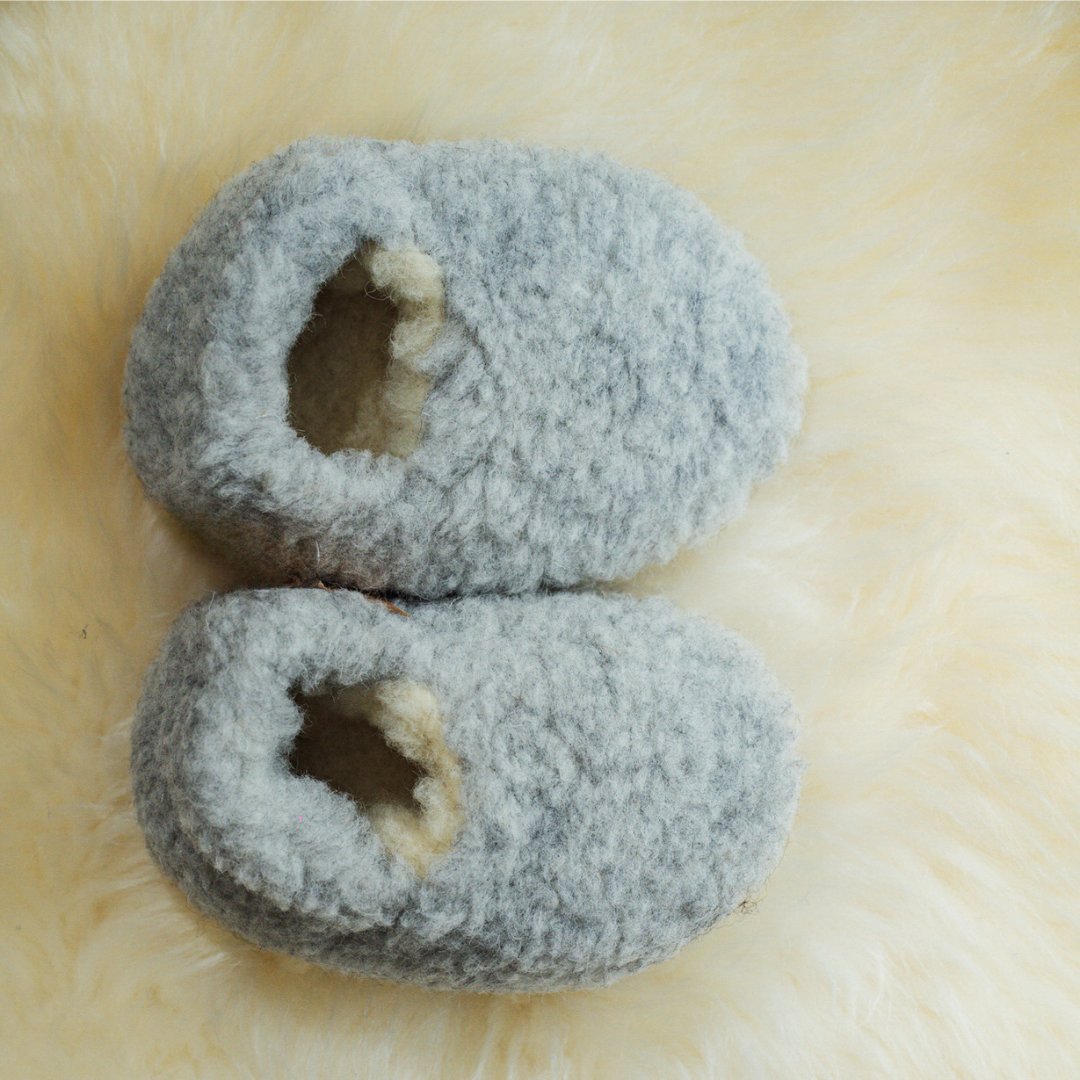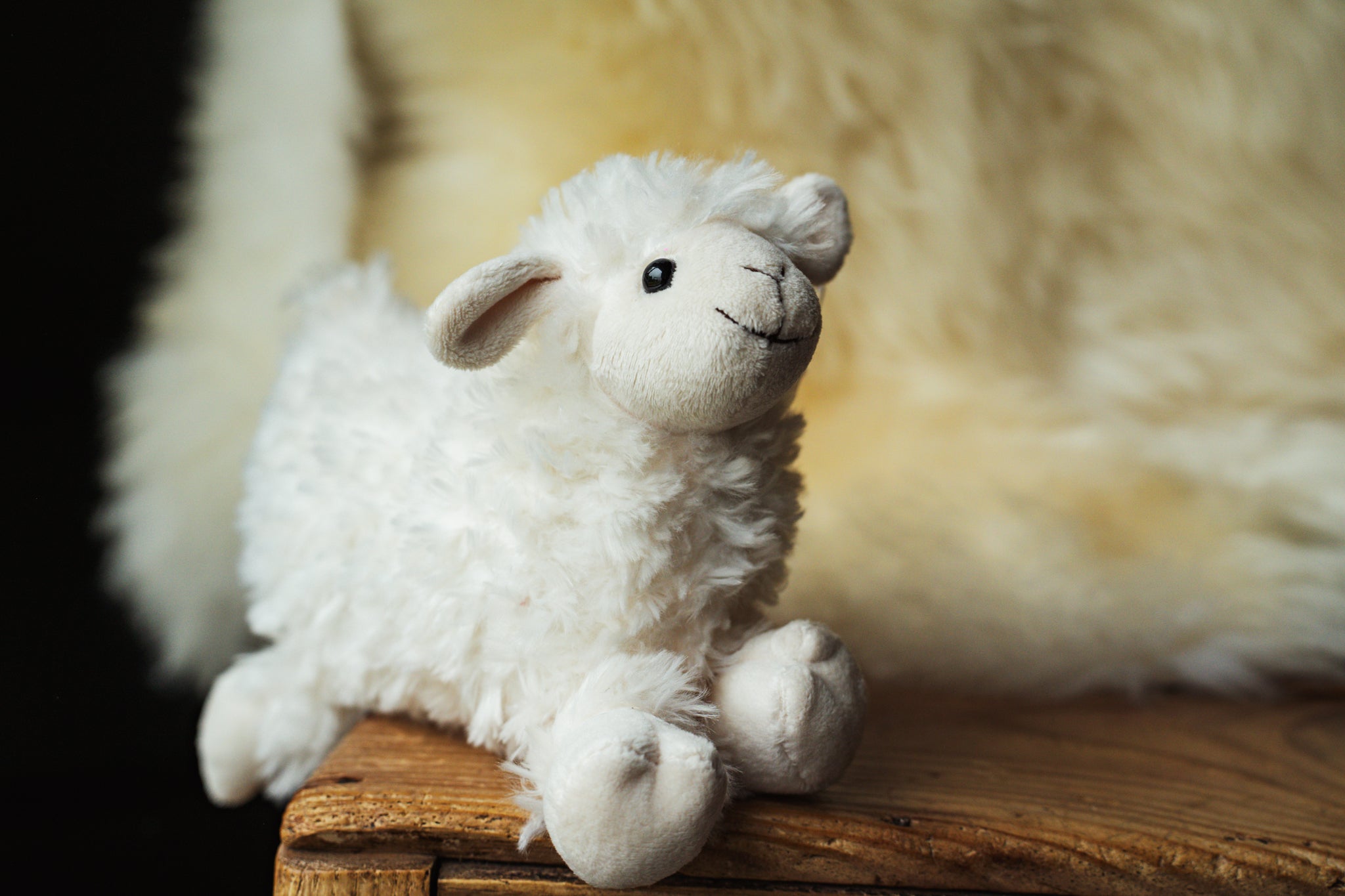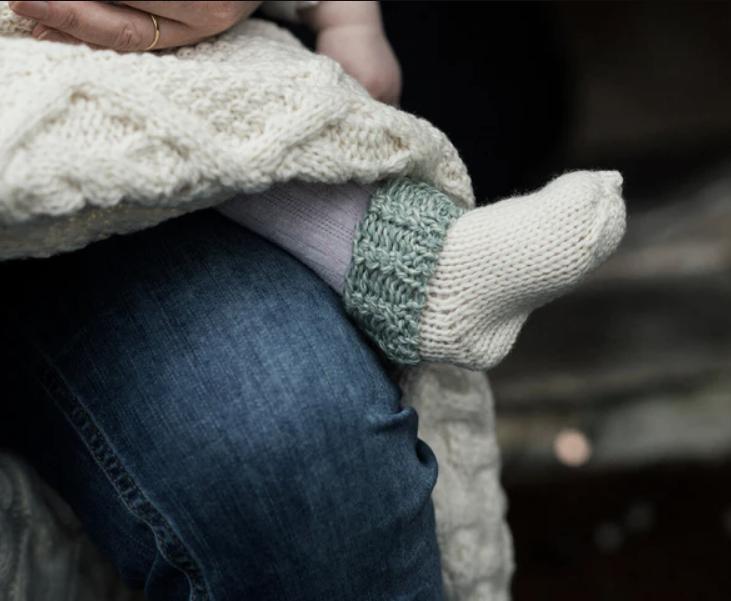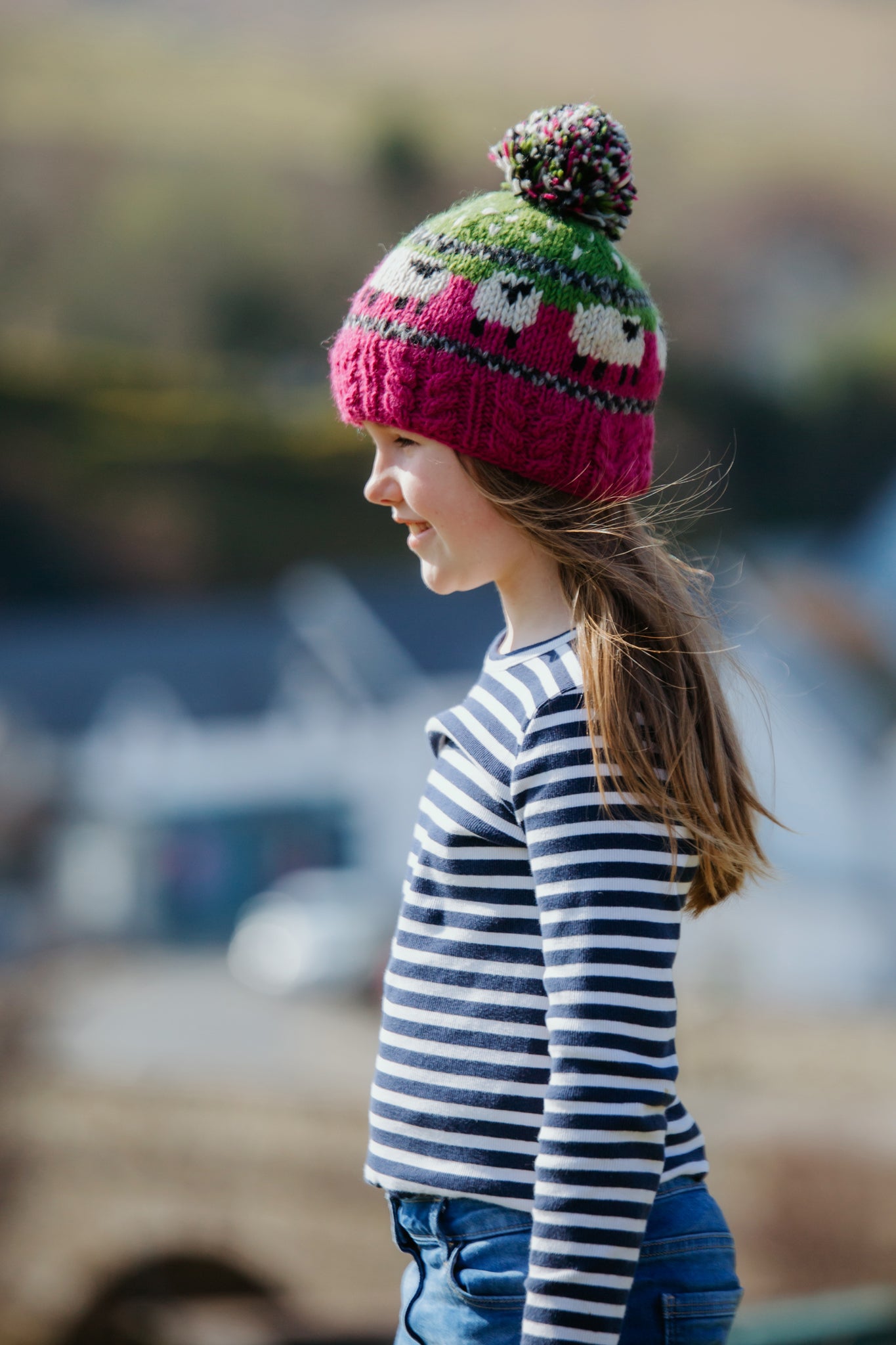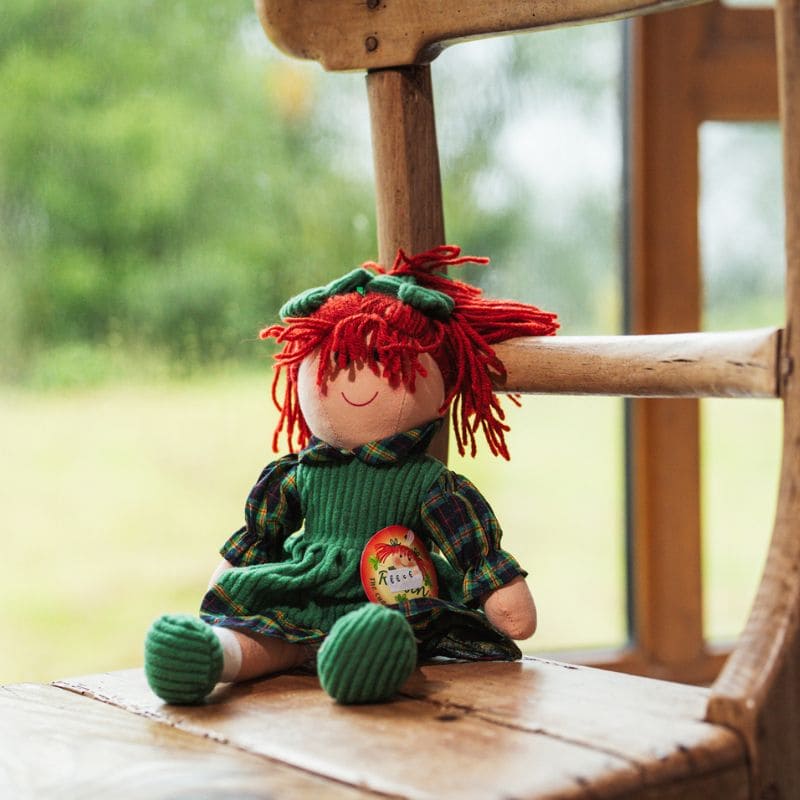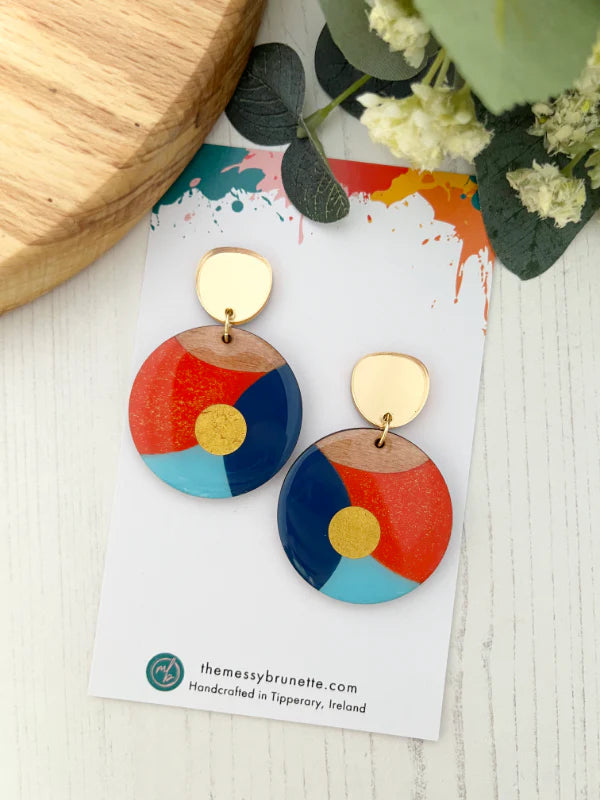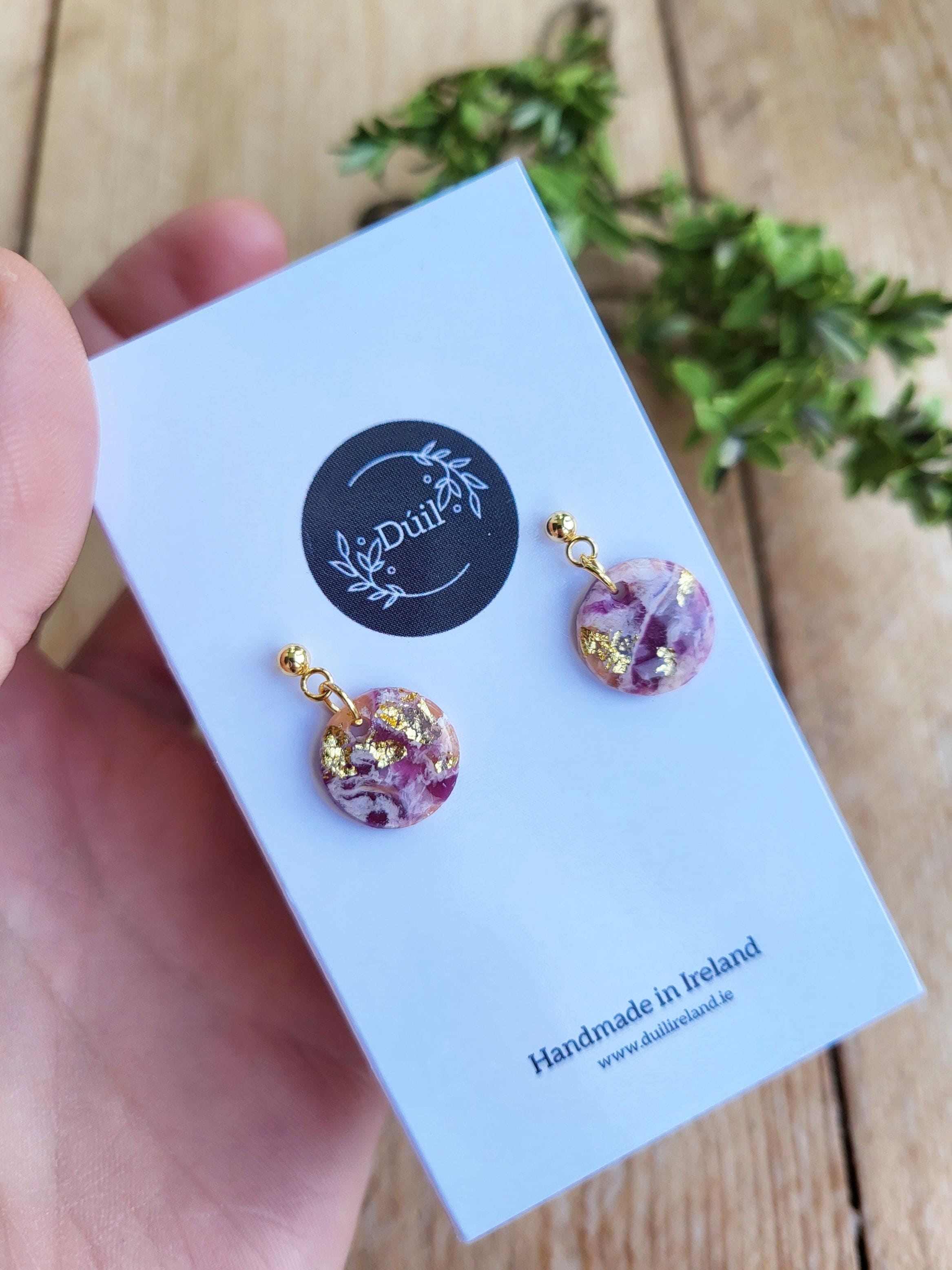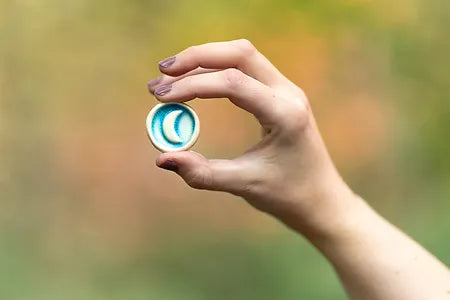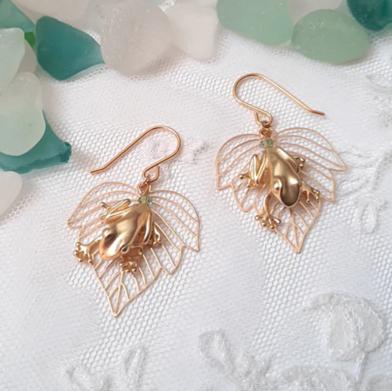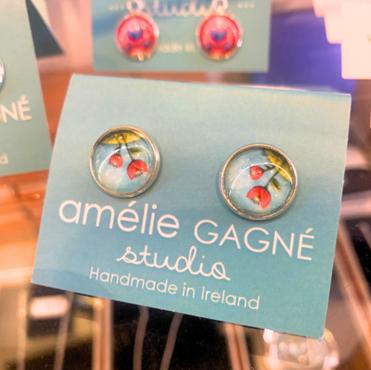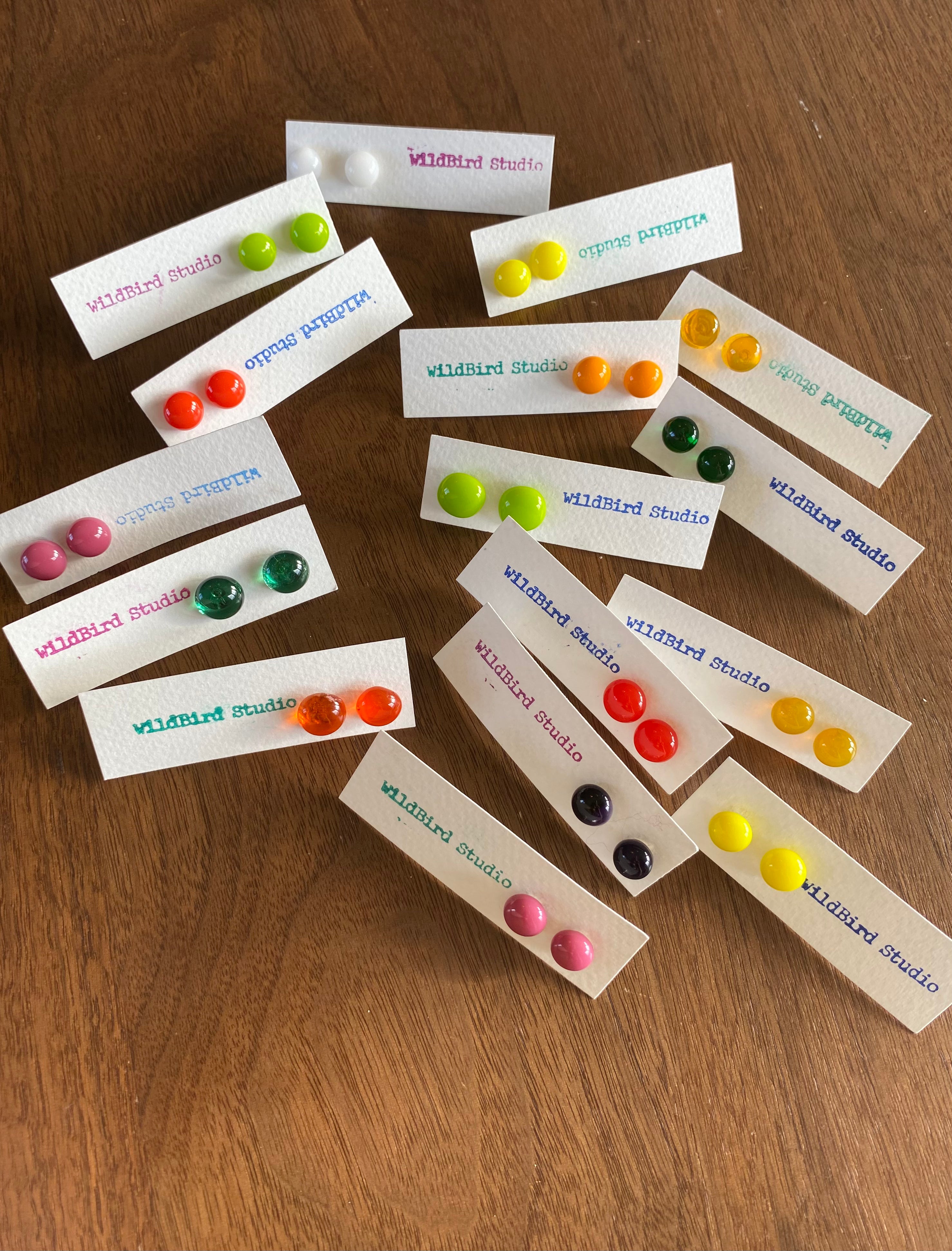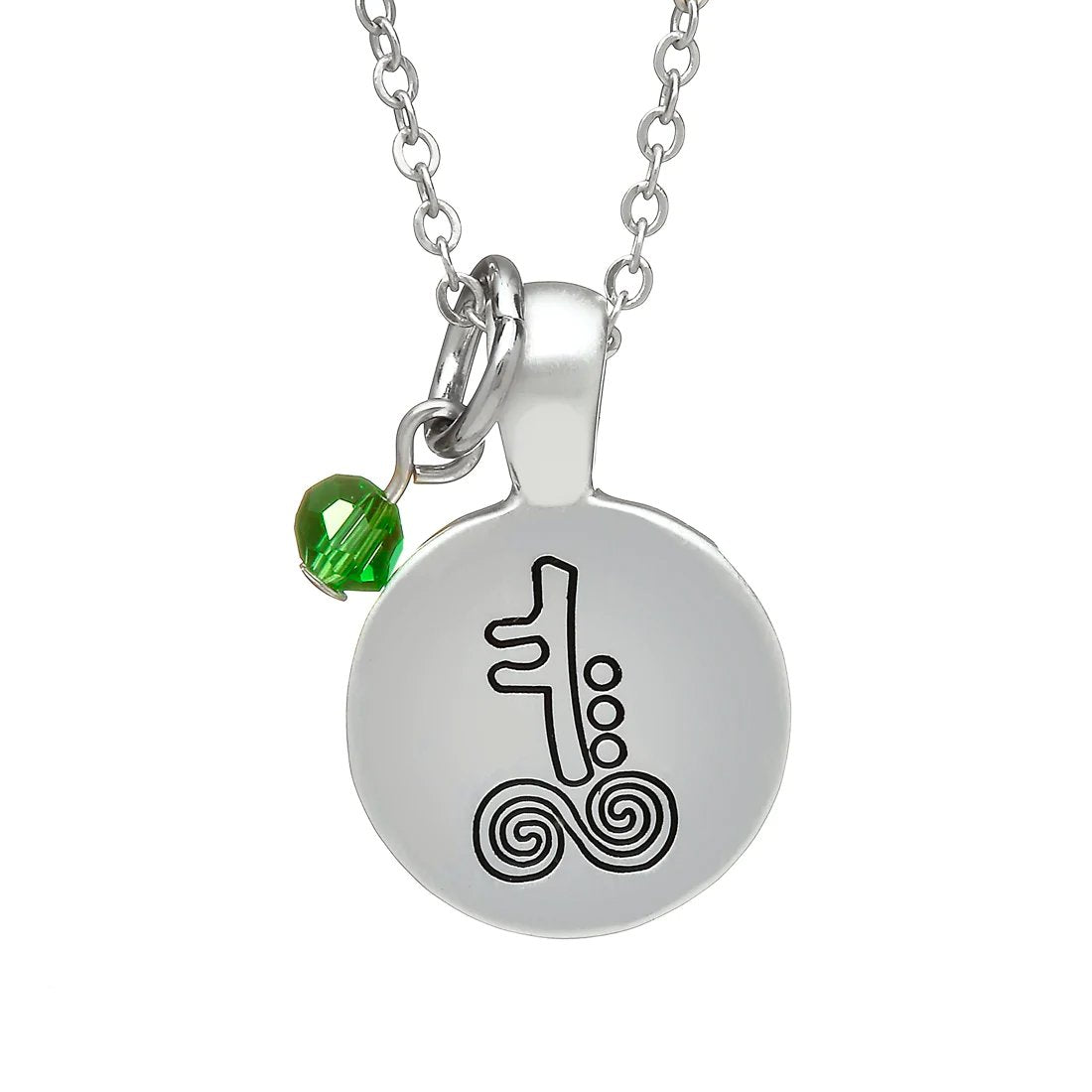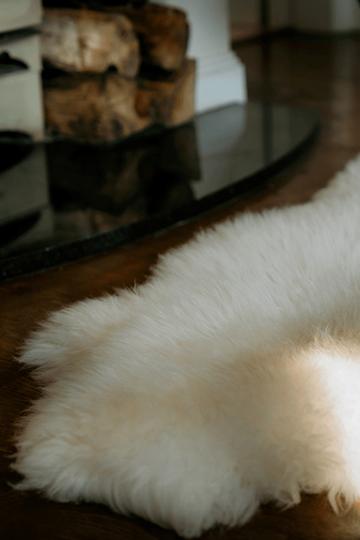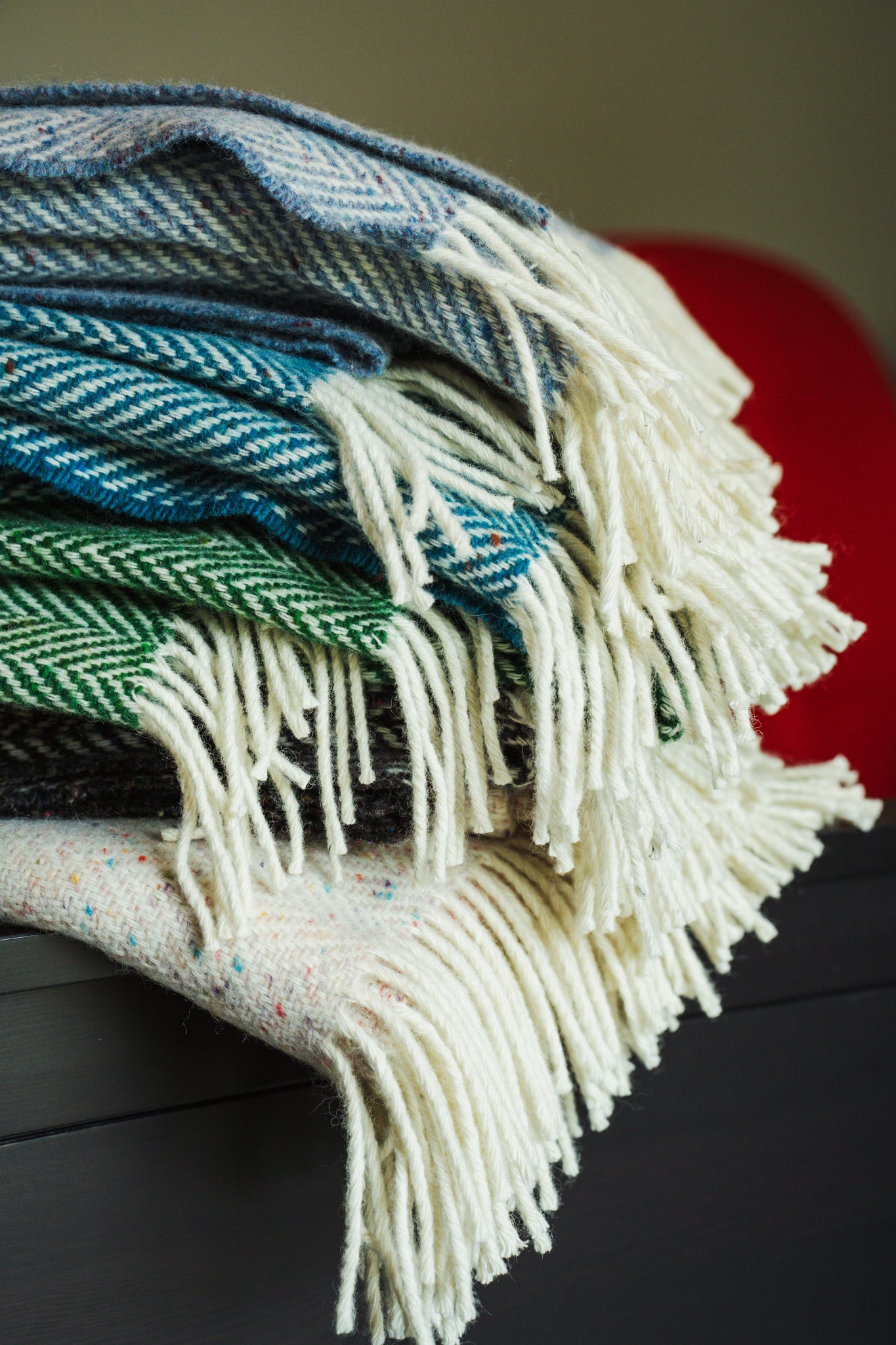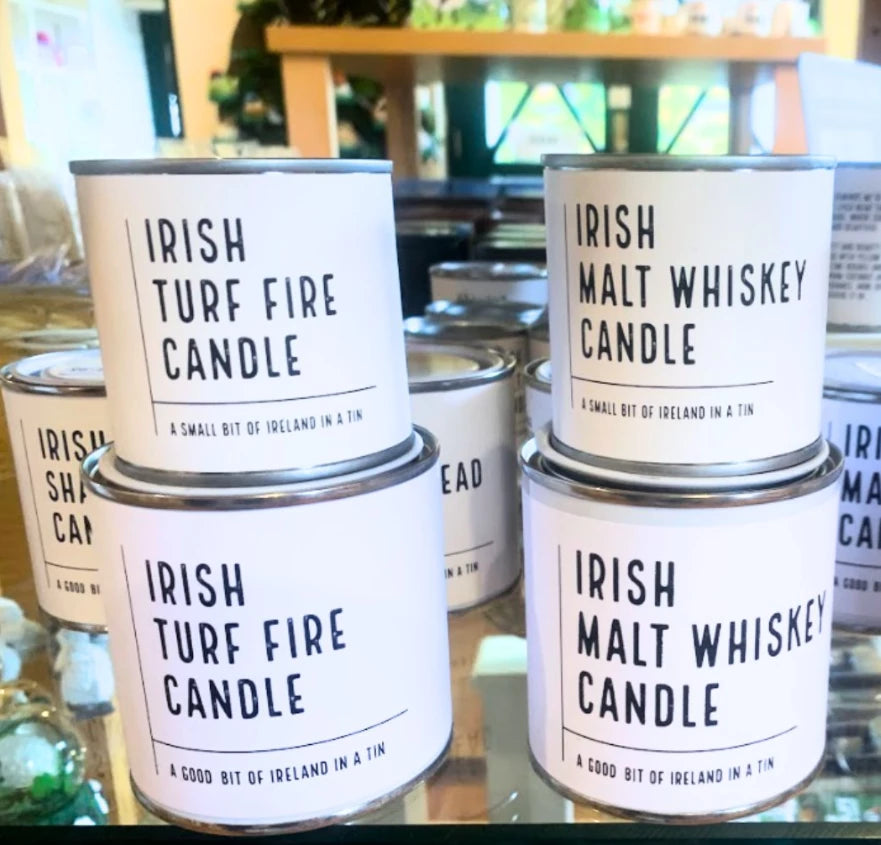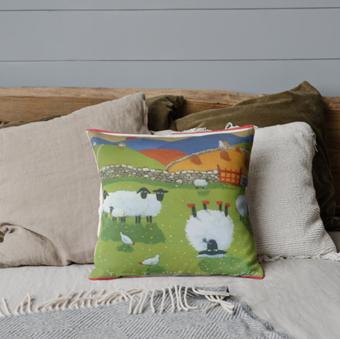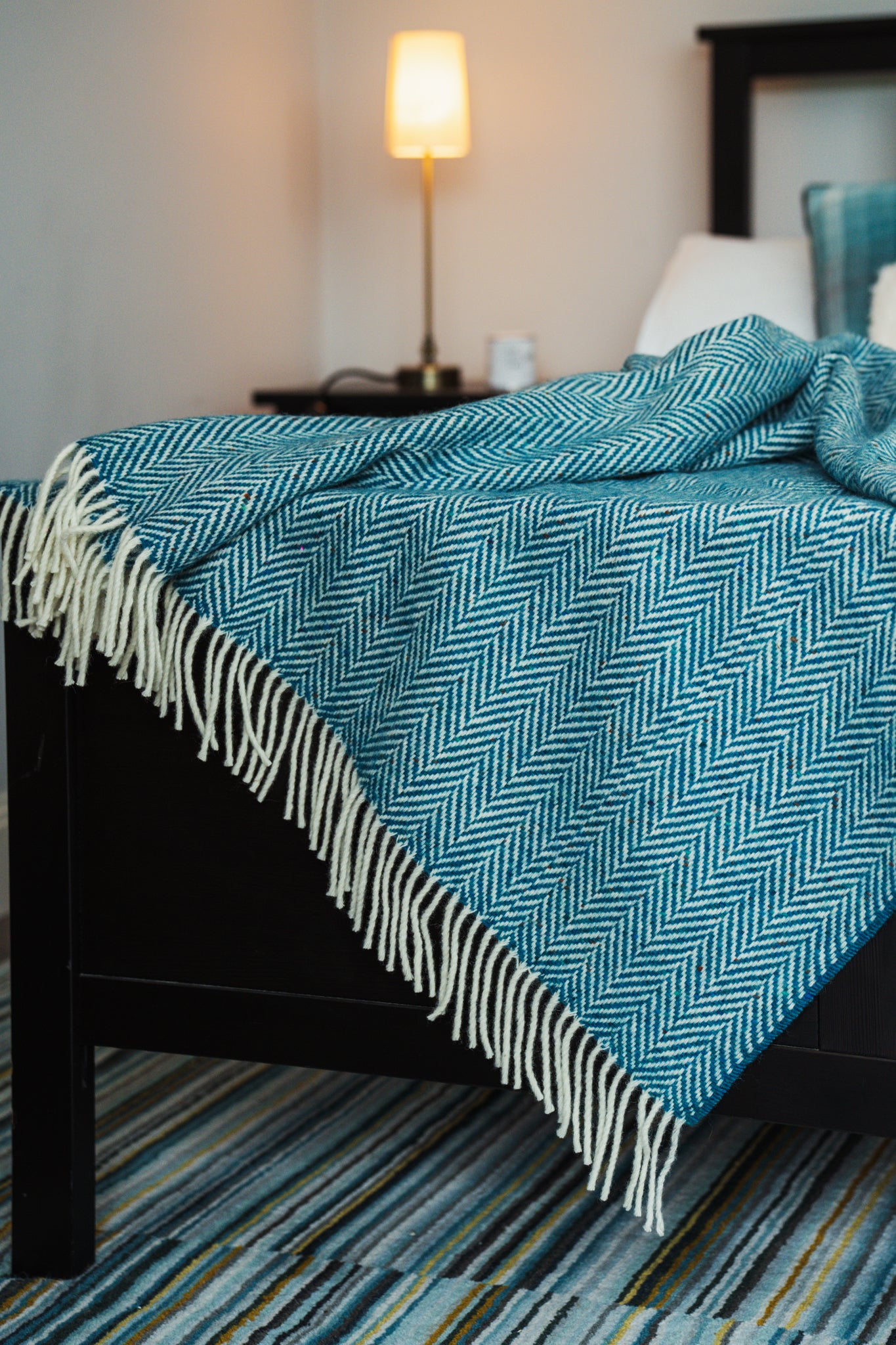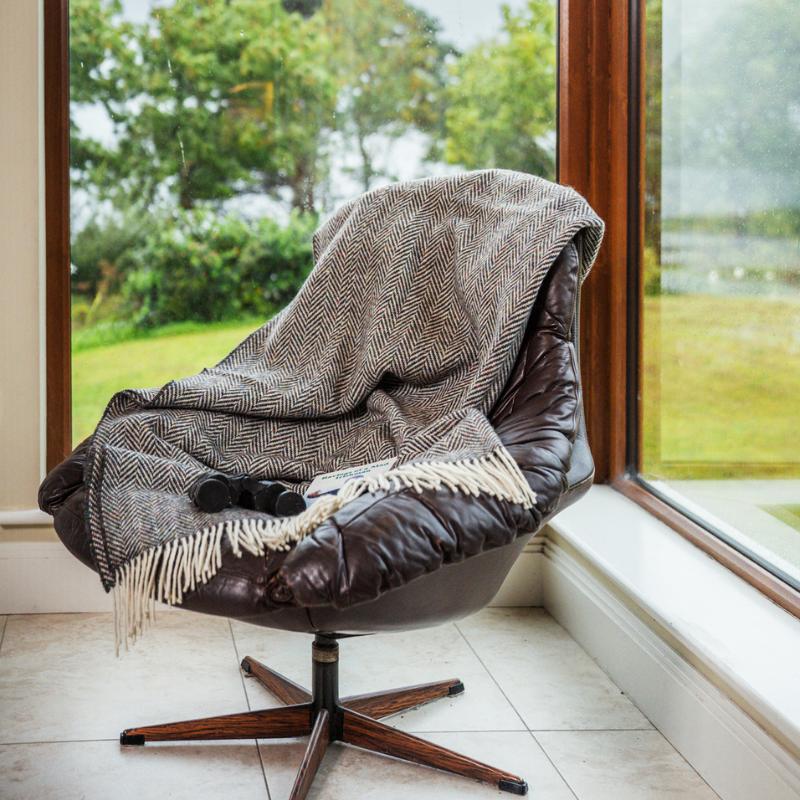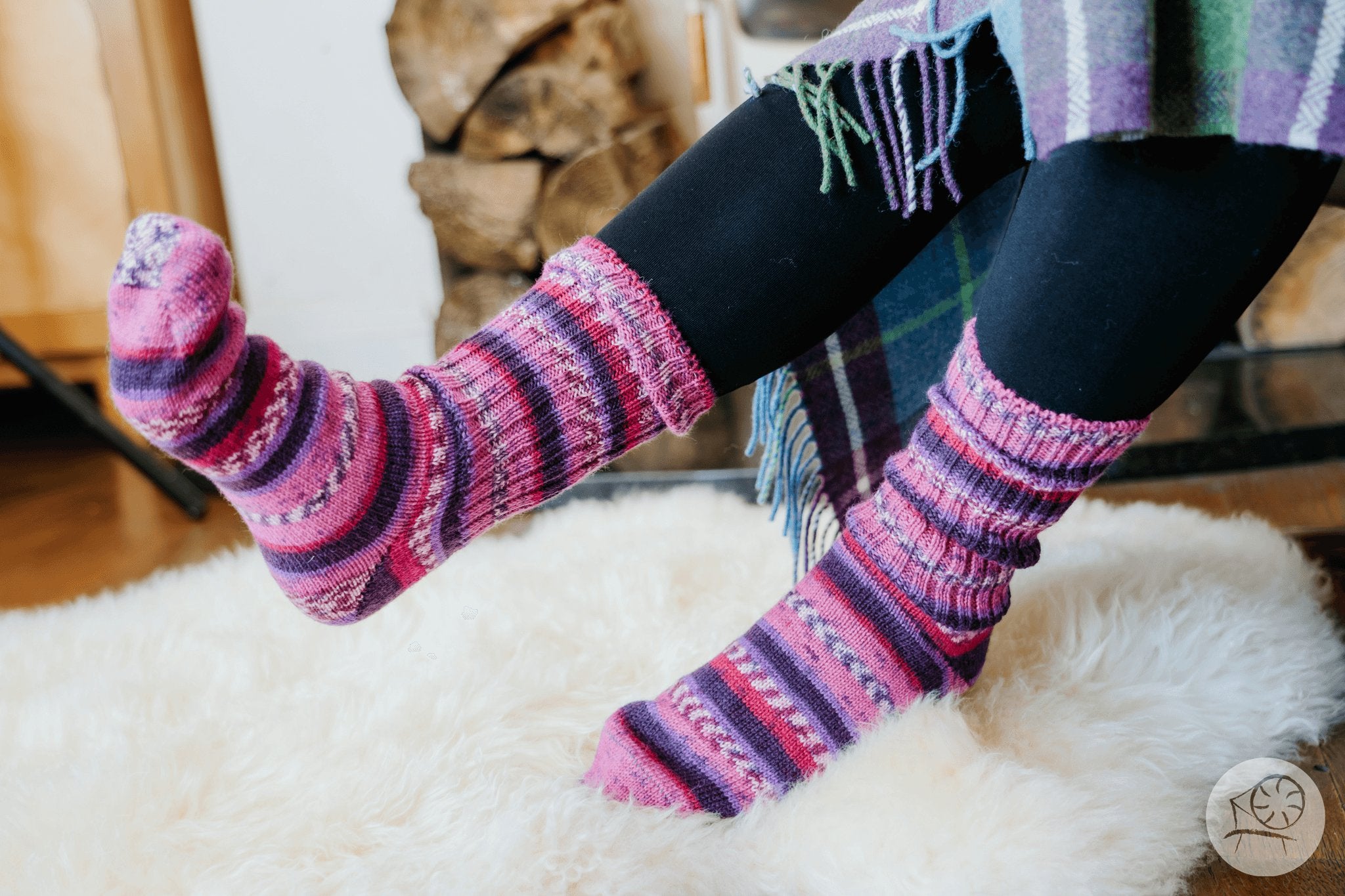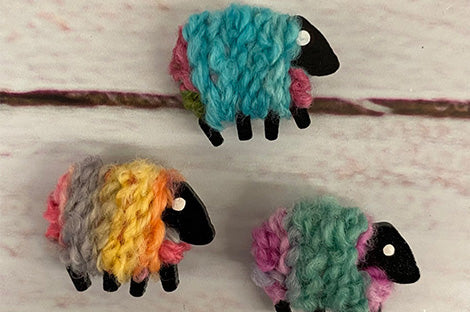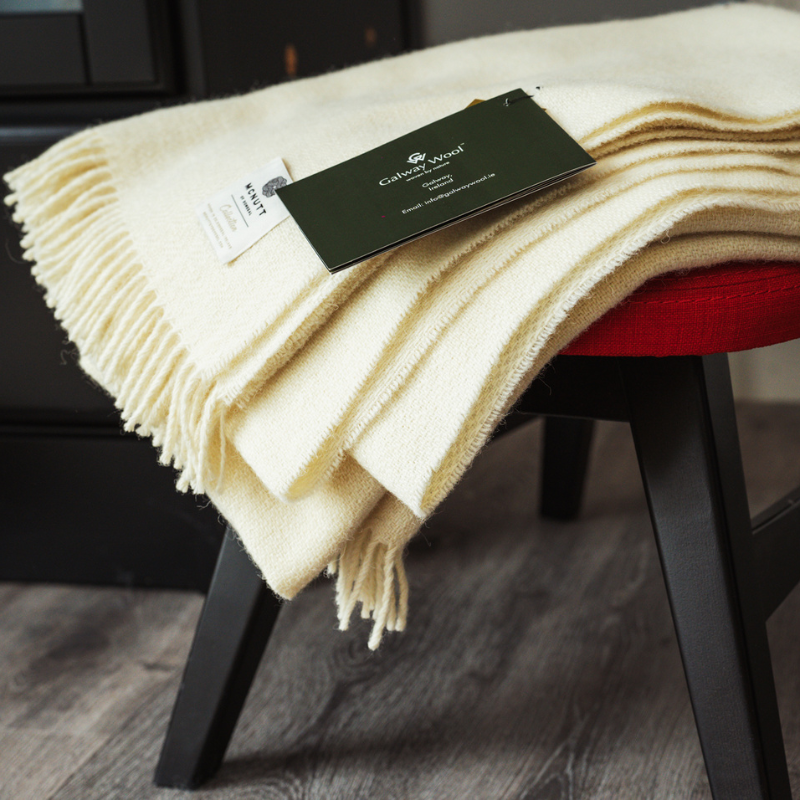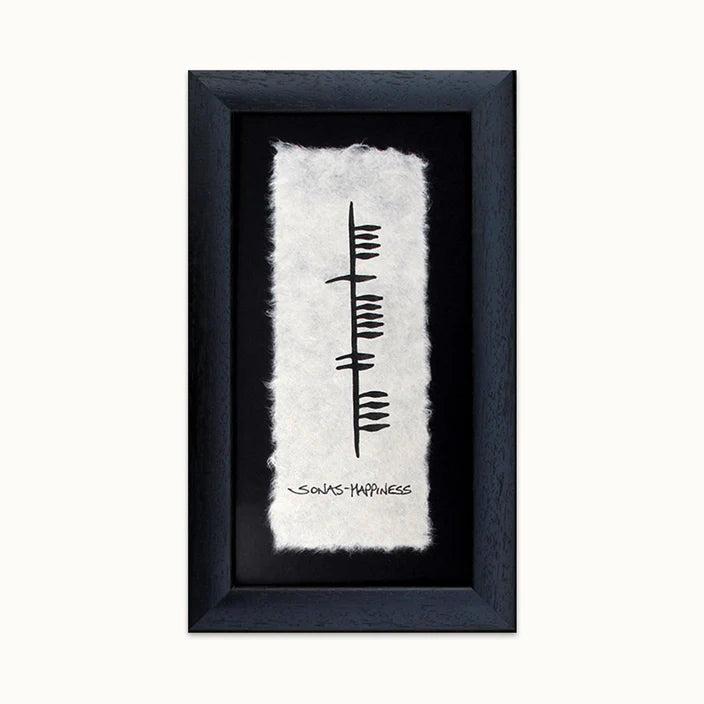Menu

Wool - The Sustainable Fashion Choice
At the Connemara Sheep & Wool Centre, we know the importance of sustainability and protecting the planet for the further generations that will come along after us. As the concerns of how plastic and synthetic materials impact the environment continue to grow, we look to more natural fibres to help reduce the problem.
Wool is as old as time and is one the most regenerative and sustainable products known to man. Wool is a by-product of sheep shearing. The fleece on a sheep grows every year and needs to be shorn to keep the sheep in good condition. This fleece, once cleaned is a valuable resource which until relatively recently was the very fabric of the clothes we wore and the bedding we slept in.

The original eco fibre
Wool fibres have natural properties that can outperform synthetic fibres. Wool products can last longer and require less washing at lower temperatures. Wool is readily recyclable and also is biodegradable in both land and water and does not contribute to any microplastic pollution.
Products made out of synthetic fibres can take up to 40 years to degrade. While wool, a natural fibre, biodegrades in a fraction of that time taking approximately three to four months. The natural keratin protein that makes up wool, similar to the protein that is in human hair, can be broken down naturally without causing an environmental hazard.
Part of the natural carbon cycle
Many textiles and fibres are made from carbon-based products, but only some, such as wool, are made from renewable atmospheric carbon. Wool acts like a fertiliser by slowly releasing valuable nutrients and carbon back into the soil when disposed of. It doesn’t accumulate in landfill and oceans as it biodegrades naturally. Wool will still shed fibres during washing, however, these fibres will break down naturally, without causing any harmful effects on the environment.
The carbon in wool is derived from carbon from the pasture – and thus sequestered from the current atmosphere. It is produced in pasture systems, where the diet is dominated by grasses and herbs. These plants convert CO2 from the atmosphere into organic compounds using light energy – as part of the photosynthesis process which underpins most life on earth. Thus, when you buy something made of this natural material you are purchasing carbon sequestered from the atmosphere 1 to 2 years earlier.
When we look further into the lifecycle of wool, we can see its strength in the use phase of clothing and end of life. Wool clothing is washed less frequently than other synthetic fibre products, saving the water, energy and detergent associated with laundering. Consumers are much more likely to donate wool clothing to charity, where it is either used again or recycled to create new yarn and fabric. Ultimately, when the fibre is exhausted it readily biodegrades, releasing its nutrients to the soil to be used again and the cycle restarts.
Synthetic fibres and Microplastics
Synthetic materials used in fast fashion clothes like polyester, nylon, and lycra are essentially made from plastic. Plastic is not biodegradable and will not naturally break down in the environment. According to research by Friends of the Earth, washing one load of synthetic clothes releases millions of microplastics into the water system. This is the main source of microplastic pollution in our oceans. The release of microplastics from synthetic clothes is mainly caused by the mechanical and chemical stresses that fabrics undergo during the washing process. Due to their dimensions, the released microfibres could partially pass through wastewater treatment plants and reach directly the oceans.
A great abundance of microfibres can be found on beaches worldwide. Once in the ocean, they are ingested by sea creatures like plankton, who mistake them for food, and then larger fish and whales scoop up the plastic. Eventually, these marine animals are eaten by one particular animal in the food chain and then, humans.
Wool in the Future
The market share value of wool is low, due to the fact that synthetic fibres are so cheap. Irish wool fleece prices for framers in Ireland is particularly bad in recent years at 15c/kg, which is half of what the Northern and Great British framers receive.
Unfortunately, people tend to associate wool with itchy sweaters, which is not entirely true. To combat this and change consumer views on wool, education is key. Most woolgrowers have meaningful stories to tell, and small brands can easily use their stories as a competitive advantage over large retailers.
More and more consumers are recognising the benefits of using this sustainable material. Research by Mc Kinsey & Co in 2020 revealed that 57% of shoppers agreed that they had made significant changes to their lifestyles to lessen their environmental impact. They also found that more than 60% of shoppers go out of their way to recycle and purchase products in environmentally friendly packaging in recent years.

Wool is the future of sustainable fashion, its 100% natural, 100% biodegradable fabric is breathable and non-allergenic. Wool uses 18% less energy than polyester and nearly 70% less water than other natural fibre to produce 100 sweaters, it is also the most reused and recycled fibre.
The future of wool looks promising. Woolgrowers are adopting better animal welfare and land management standards and processors are lowering their environmental footprint. Sharing the ins and outs of Irish sheep farming and wool growing with consumers is becoming increasingly popular. It gives the consumer a glimpse of where their garment comes from and adds value. At the Connemara Sheep & Wool Centre, our mission is to foster awareness of the traditional sheep and wool industry and to bring the wool industry back to life in Connemara.
- Choosing a selection results in a full page refresh.
